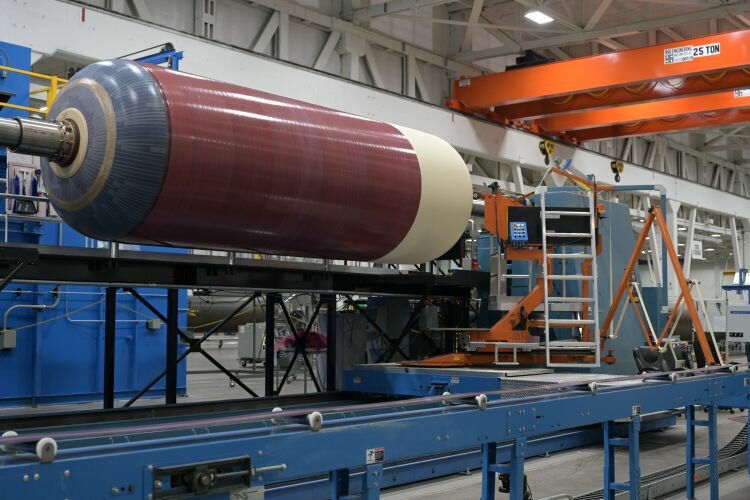Four more years to certify an already existing bomb? Hell, there were weapons that went from clean sheet to aircraft in less time back when we knew how to do this stuff. No wonder the Chinese and Russians are eating our lunch.
"In November 1954 the TX-Theta Committee proposed the development of the
WX-27 and the WX-28."
"The
Mk-28EX Mod 0 (external) and
Mk-28IN Mod 0 (internal) were design-released in June 1957 and early production was achieved in August 1958."
Even the B61 itself took less time:
"The weapon was
designated the TX-61 in January 1963. Due to the short time-scales, it was decided to make maximum use of off-the-shelf components such as those developed for the
B57 nuclear bomb. Environmental conditions specified included an indefinite temperature range of −60 °F (−51 °C) to 160 °F (71 °C), shocks of up to 40g, and in flight temperatures of up to 275 °F (135 °C) for up to 40 minutes. Parachute deployment was specified to produce a maximum load of 255
g (2,500 m/s2).
[2]
The weapon was designed and built by the
Los Alamos National Laboratory in
New Mexico. Production engineering began in 1965, with the
first war-reserve B61-0 weapon accepted by the AEC in December 1966."

www.defensenews.com








